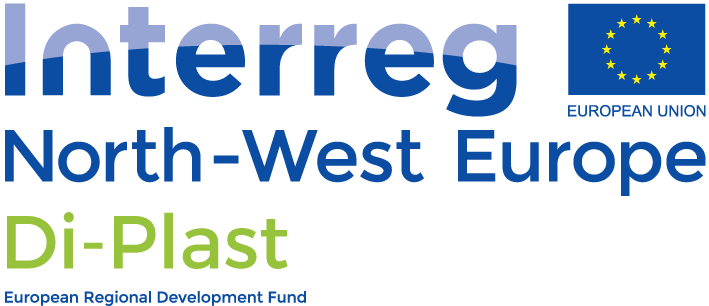Tool Description#
The Matrix Tool is a web-based tool which increases the use of recycled plastic material (recyclate) by matching converter requirements with recyclate supply. The tool works in two directions:
1. It allows converters to easily select material that match their process or product requirements
2. It allows recyclate suppliers to check on the needs per segment and have their products ready for the converters
How it Works: For converters you can put your desired specifications (polymer type, processing technology, properties etc.) in the tool. The tool will then rank the available recyclates material based on your requirements. You can find your suitable recyclate from that stream. In addition, the tool also provides an alternative ranking. Converters also has the option to put their requested material sepcification. A Potential supplier can easily contact the respective converters if their recyclate match the market and the material specification.
Advantages of the Matrix Tool#
Explaination of commonly used material properties#
MFI: This value gives an indication of the fluidity of the molten polymer. The MFI is an important value for prediction of processing behaviour. For this reason, the MFI is one of the main properties used in selection of materials. The MFI could be seen as a measured viscosity at a single temperature and shear rate. The MFI of a material is often measured at a specified temperature and weight. However, due to the fact that the viscosity of polymers is shear-dependent, the MFI could also be measured at multiple weights (shear rates).
Impact strength: The energy needed for brittle fracture of a material. The greater the value, the more resistant the material is to breaking upon impact. Impact strength can be measured via Charpy or Izod methods. Samples could be measured notched or unnotched. Notched values are lower than unnotched values due to the limitation of energy dissipation throughout the sample. Furthermore, the impact strength can be measured at different temperatures to predict impact behavior in different environments.
E-modulus: The stiffness of a material in the tensile direction. For blown films this value is measured in the machine direction and transverse direction.
Flexural modulus: The stiffness of a material in the flexural direction.
Strain at yield: Denotes the strain (percentage of elongation) of the material at its maximum elastic point. Deformation lower than this value is elastic, meaning the material can return to its original shape. Deformation greater than this value is plastic, meaning the material is permanently deformed. For blown films this value is measured in the machine direction and transverse direction.
Strength at yield: The applied stress at yield strain. This value is the maximum stress that can be applied to a material before plastically deforming. For blown films this value is measured in the machine direction and transverse direction.
Strain at break: This value denotes the strain (percentage of elongation) of the material at its breaking point. The strain at break gives information about the ductility of a material. For blown films this value is measured in the machine direction and transverse direction.
Vicat softening temperature: Denotes the temperature at which the material loses its hardness.
Video#
Guidelines#
Before you are getting started, take a look at the guidelines and make yourself familiar with how to use the tool.
and make yourself familiar with how to use the tool.
Getting Started#
The tool is available at https://matrix.sis.cs.uos.de/login.xhtml . Please contact the matrix tool owners to get access to the tool.
. Please contact the matrix tool owners to get access to the tool.
